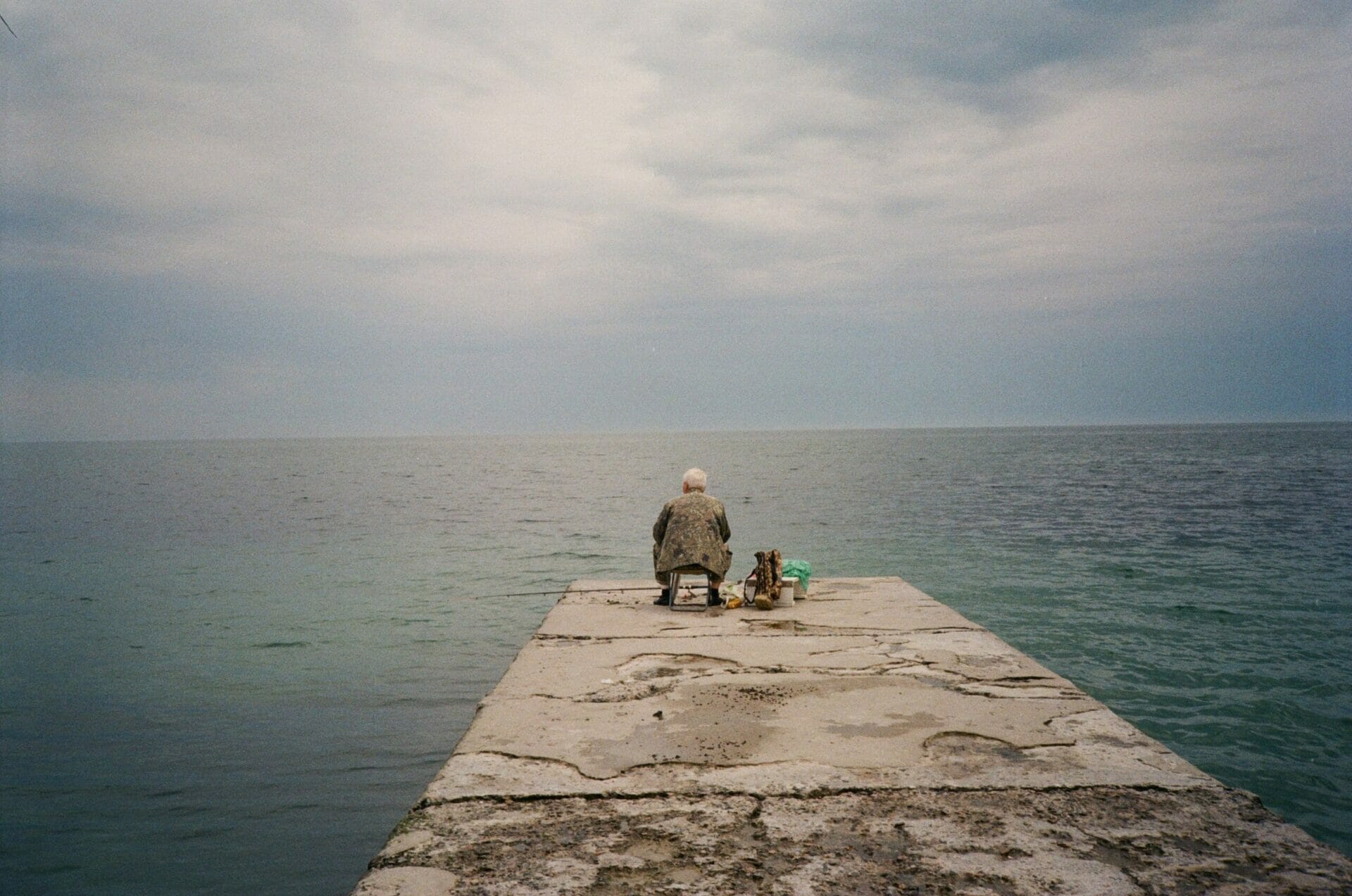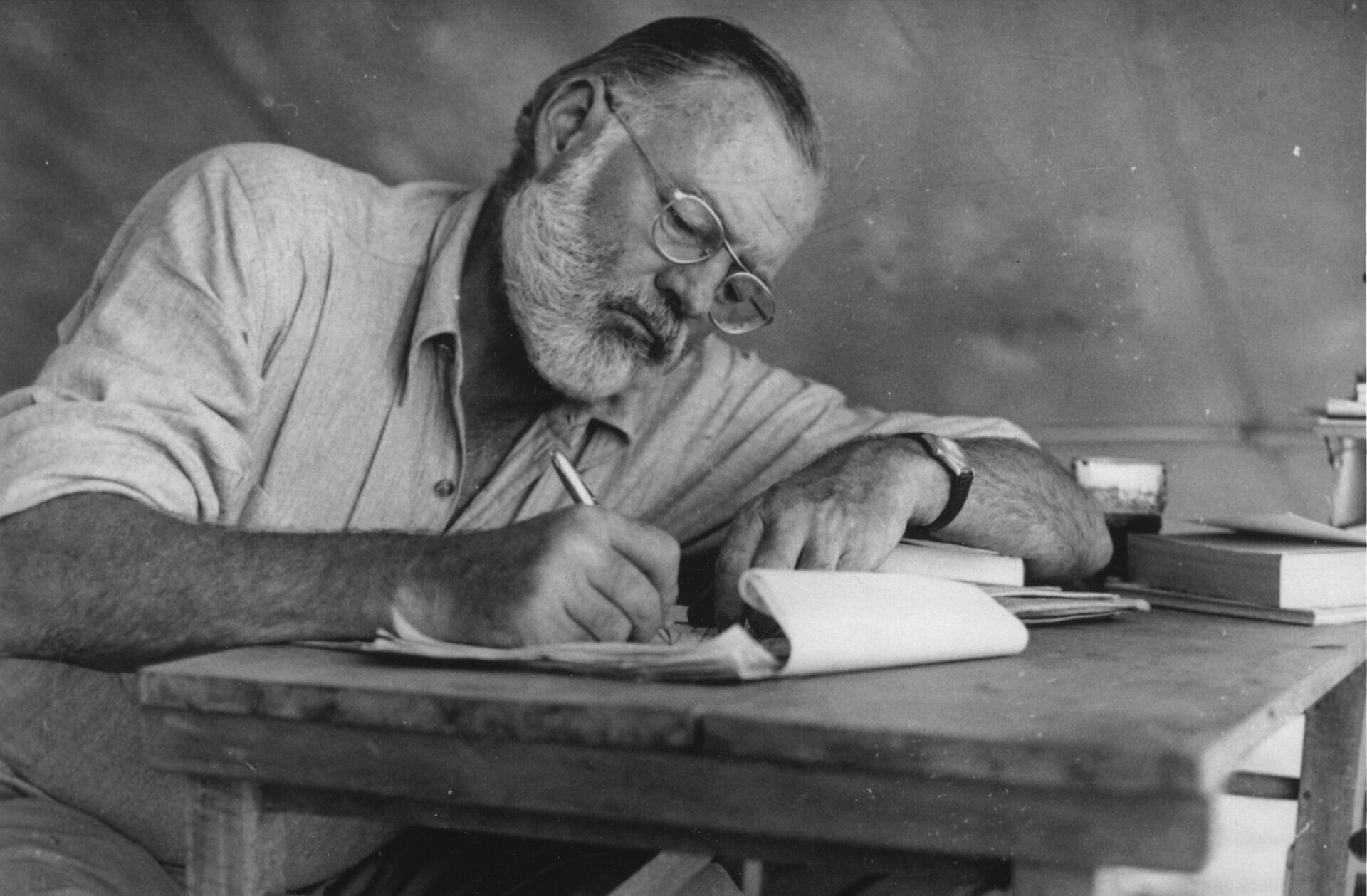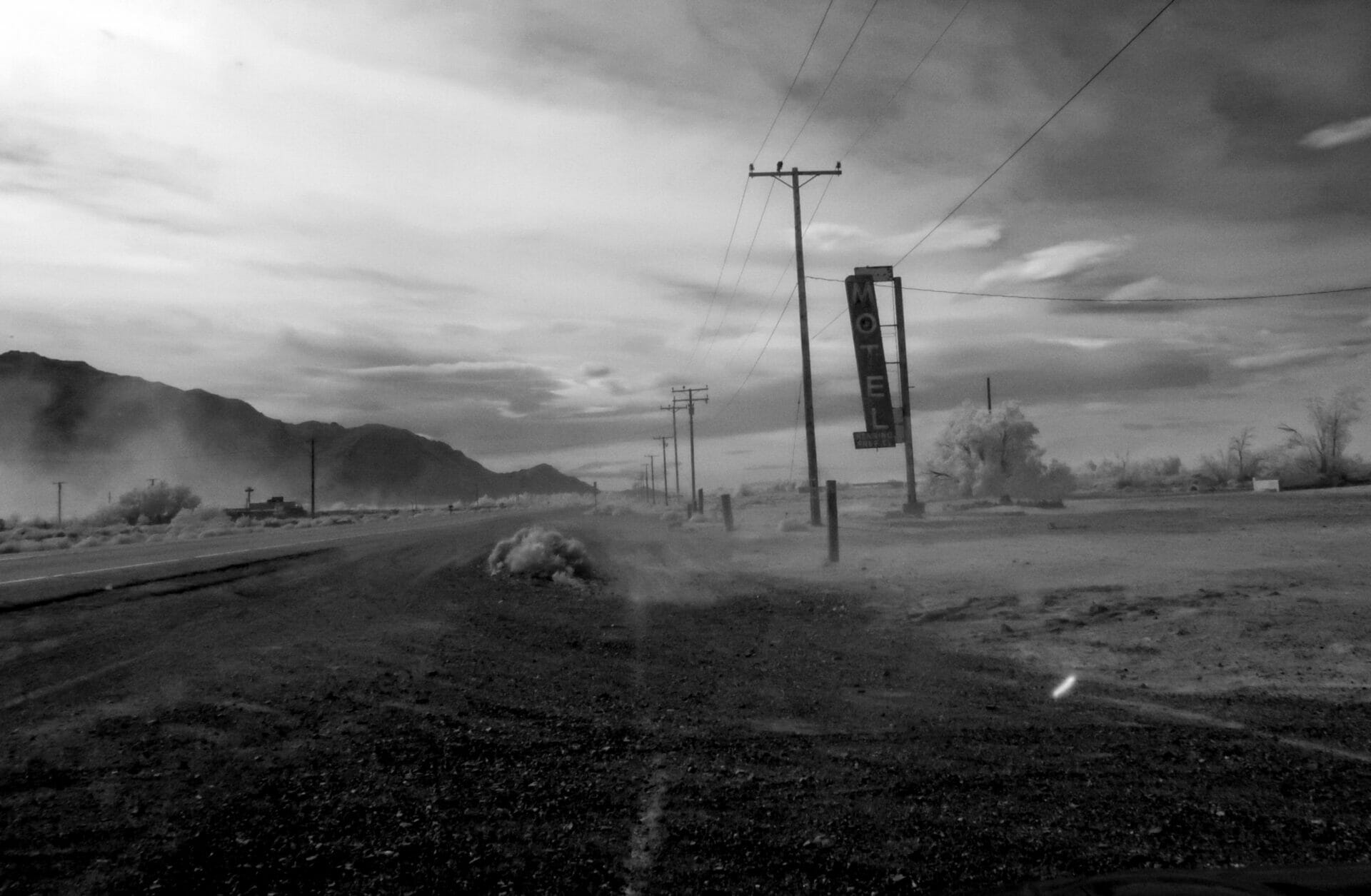
The Old Man and the Sea | A battle for life and love
Author
Year
Format
Written by Ernest Hemingway in 1951 and published a year later by Life magazine, The Old Man and the Sea is the last completed novel by the American writer before his tragic suicide in 1961. It sold 5.3 million copies in the first 48 hours alone.
The work won him the Pulitzer Prize in 1953 and contributed to his receiving the Nobel Prize for Literature in 1954, along with his other most famous novels such as The Sun Also Rises (1926), A Farewell to Arms (1929) and For Whom the Bell Tolls (1940).
In particular, the Nobel Prize was awarded to him by the jury “for his mastery of the narrative art, recently demonstrated with The Old Man and the Sea, and for the influence that he has exerted on contemporary style”. His style had a strong impact on contemporary authors such as Italo Calvino and Raymond Carver and he contributed to the renewal of writing with his revolutionary choices and narrative theories such as the theory of the iceberg.
The story of a superstitious fisherman
The novel picks up from the previous article On the Blue Water: A Gulf Stream Letter published in 1936 in Esquire magazine in which Hemingway recounts a true story of a Cuban fisherman who, off the coast of Cabañas in Cuba, had caught a marlin which, to escape capture, had dragged the boat across the sea for days.
A few years later, he wrote The Old Man and the Sea, in which the old fisherman becomes Santiago, a superstitious, widowed, old Cuban fisherman. He leads a solitary life with only the company of Manolin, a boy he has taught to fish since he was a child. Santiago, however, hasn’t been able to catch a fish for 84 days and is now considered “salao” (unlucky) by everyone, to the extent that Manolin’s parents force him to look for work elsewhere. The old man then ventures into the Gulf Steam, to the north of Cuba, to try to regain his dignity. There he will catch a giant marlin with which a valiant fight for survival will begin.
The Biblical theme: Death and Resurrection
Many academics such as Carlos Baker and Giancarlo Pitaro read The Old Man and the Sea through biblical interpretation and in a Christian context. In fact, there are many similarities with Christian figures. First of all, the name of Santiago refers to the apostle Santiago, the patron saint of Spain to whom the historic medieval pilgrimage is dedicated. Then, the figure of Santiago probably refers to the character of the Fisher King belonging to the Arthurian cycle and descendant of the lineage of the Kings of the Graal and custodian of the relic.
The Fisher King or Wounded King usually has a wound juxtaposed to the one suffered by Christ on his side, as a reminder of past sins that must be redeemed. This legend can also be found in The Waste Land, a 1922 poem by Thomas Stearns Eliot, and in The Rime of the Ancient Mariner, a 1798 poem by Samuel Taylor Coleridge, in which the old sailor is also alone, with gaunt limbs, withered by the ravages of time but with a “glittering” blue eye, just like Santiago whose body is covered by the “brown blotches” of the skin cancer caused by the sun, and by deep-creased scars:
“Everything about him was old except his eyes, and they were the same color as the sea and were cheerful and undefeated.”
The theme of fishing then refers to the apostles of Christ, while the 40 days spent without catching any fish refer to the ones that Christ spent in the desert tempted by Satan, as told in the Gospel, and to the Lenten rite of death and resurrection. Furthermore, both before leaving and after returning home, the old man dreams of nothing but lions and beaches, animals that represent Christ in the Christian tradition.
Man and Nature: fishing as a Battle
The relationship between man and nature is another main theme of the novel. As in Herman Melville‘s Moby-Dick (1851), it is the center of the story but in this case, nature is seen as something positive instead of evil. In fact, Santiago deeply loves the sea and refers to it by using the female article “la” (“la mar”), which is what “people call her in Spanish when they love her”. Whereas people who see it as an enemy or a contestant, like some “younger fishermen”, use the masculine article “el” to refer to it.
Another important sign of the relationship between man and nature is the fishing episode. In fact, the old man considers the marlin a noble enemy and, at times, he feels sorry for killing such a strong fighter. Their battle reminds of the ancient fishing tradition of the swordfish, of which Polybius already spoke in the 2nd century BC. The fishing of swordfish, a fish that resembles a marlin due to its long, pointed nose, is accompanied by an ancient ritual. Usually when the male swordfish saw his partner in danger, it tried to defend her by attacking the man and thus allowing himself to be captured. At the end of this sort of fight, the fisherman engraved a cross near the gill of the fish as a sign of respect. This practice is also told in the song Lu pisce spada by Domenico Modugno, a famous Italian singer, in which he tells the story of the ill-fated love of two swordfish who are spotted and caught by fishermen.
Style and language: The Iceberg Theory
Hemingway stated that his task in The Old Man and the Sea was “to give a real fish and a real sea, that would if he had made them truly well, mean many things”. This statement represents the essence of him as a realistic writer. He explained his writing through the metaphor of an iceberg in Death In the Afternoon (1932) saying that “the dignity of movement of an iceberg is due to only one-eighth of it being above water”. Thus the writer shouldn’t tell too much for the reader to fill the spaces with their emotions and imagination, and he should make an emotion happen and not describe it. In this way, Hemingway detaches himself from the reassuring descriptive approach of the nineteenth century and revolutionizes the way of writing.
In as much as what concerns the style, he aimed to convey a sense of reality, which he did especially in The Old Man and the Sea through the accurate lexical technicality of the semantic framework of fishing. He did that also through the incorporation of foreign words into the text (“salao”,”ay”, “mar”), simple sentences without subordination, poor use of adjectives, frequent dialogues, and conciseness. Regarding this last formal characteristic, his short story Children’s Shoes for Sale? become the basis of all storytelling theories, because Hemingway shows masterfully how one can be concise by enclosing the main elements of a story in four words.
Big Fish and the quête to love
The theme of fishing and the sea and its relation with man as well as the trope of the battle is also central in Tim Burton‘s Big Fish (2003). The movie tells the story of Edward Bloom, an adventurous man who lives for telling fantastic stories and has a difficult relationship with his son Will, who can’t believe his stories.
There are numerous similarities and symbols in common with The Old Man and the Sea: Edward himself tells that the day his son was born he caught a huge fish by using his wedding ring as bait; cancer hits both Edward and Santiago; the glass eye that predicts Edward’s future resembles the blue eye of the old man.
But above all, the “quête” or quest that Edward embarks upon to regain the benevolence of the son who does not believe him is similar to the quest that the old man faces to regain his dignity in society and be able to go fishing again with his trusty Manolin whom he raised like a son. In both cases, the “quête” ends positively and dignity is restored in the eyes of the beloved sons.
Tag
Buy a ☕ for Hypercritic










